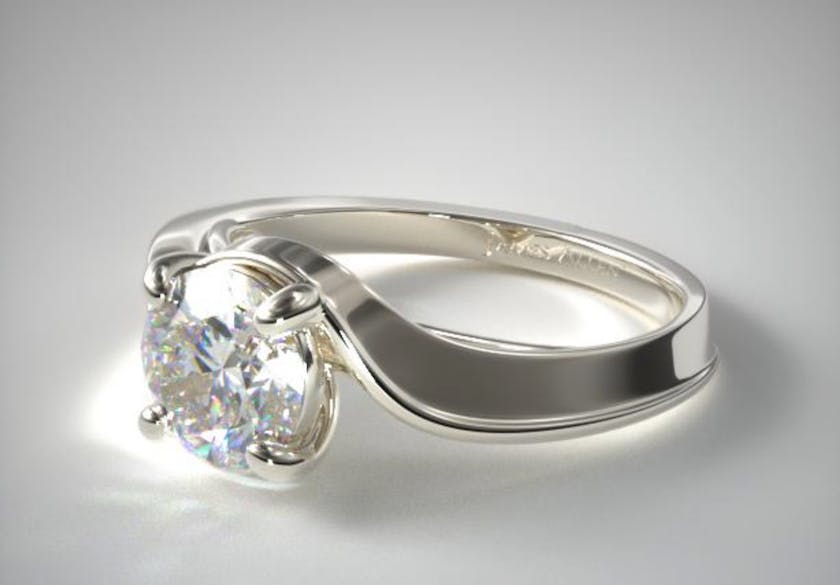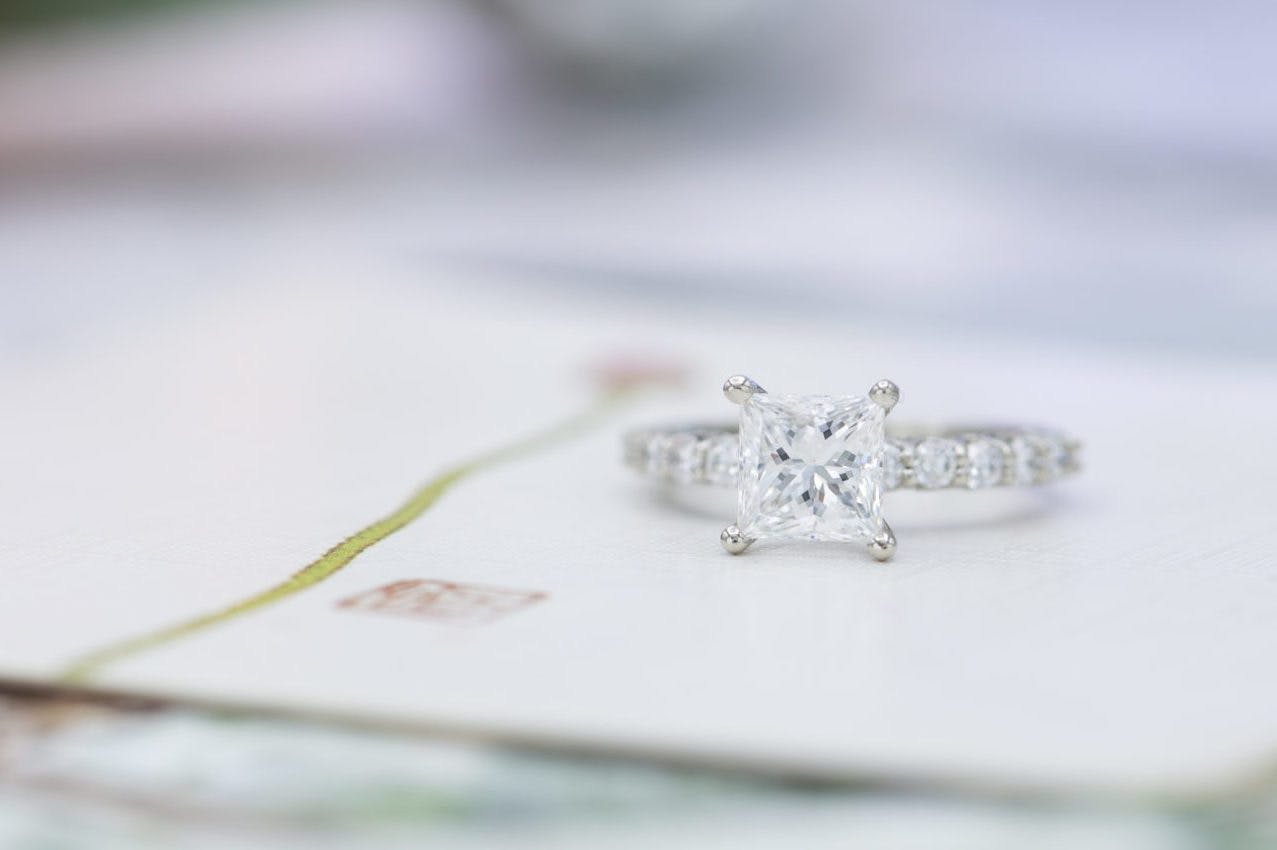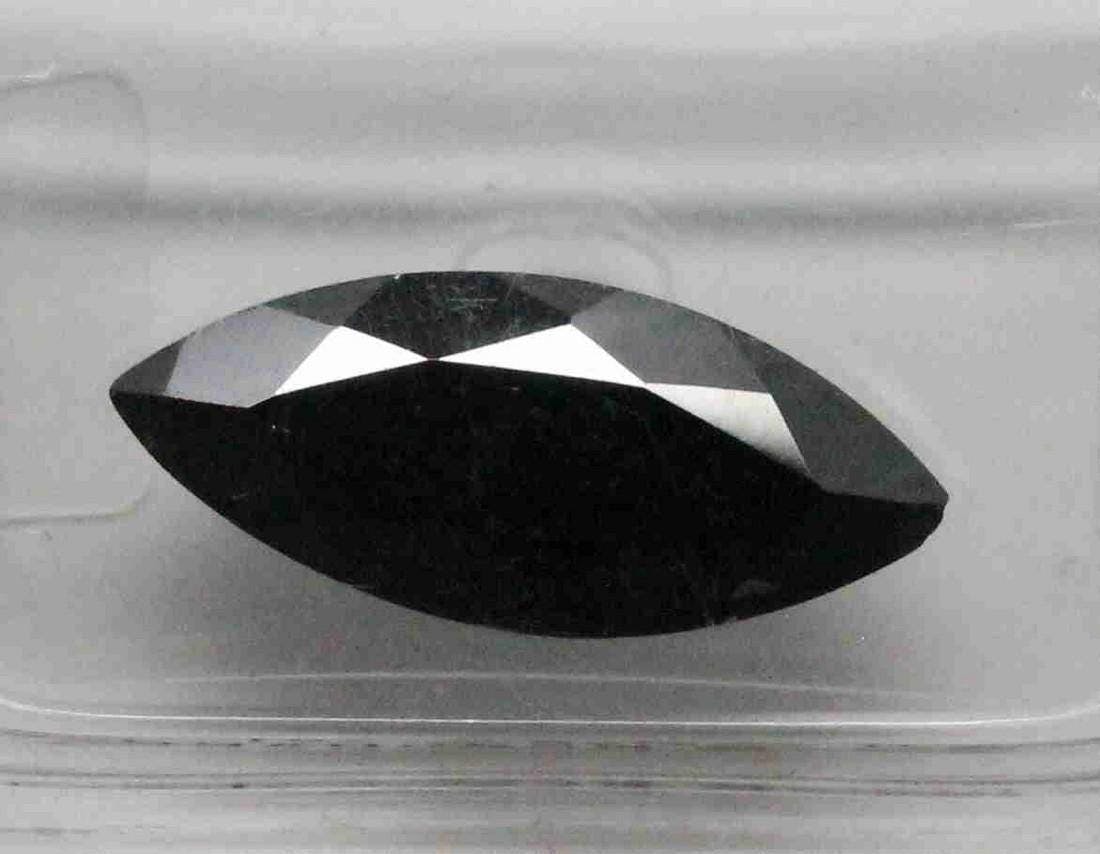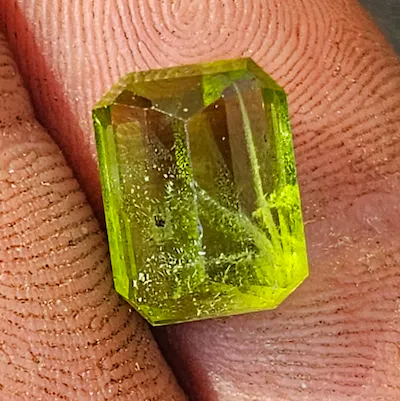News
9 Tips for Buying a Diamond
When it comes to buying a diamond, there are several key factors to keep in mind to ensure you make the right choice. In this article, we will share with you 9 valuable tips that will help you navigate the diamond purchasing process with confidence and clarity. From setting a budget and considering alternatives to understanding the importance of cut quality and the impact of carat weight, we’ll cover it all. We’ll also discuss the importance of research, considering the style of the engagement ring, and the necessity of seeing the diamond in person before making your final decision. So, get ready to embark on your diamond-buying journey armed with the knowledge and insights you need to make a wise and informed choice.
Consider Your Budget
When it comes to buying a diamond, the first step is to carefully consider your budget. Determining how much you are willing to spend will help guide your choices and ensure that you find a diamond within your financial means. It’s important to set a realistic budget that takes into account other financial obligations and priorities in your life.
Once you have a budget in mind, it’s important to consider the compromises you may need to make. Diamonds come in a wide range of prices, and different factors such as carat weight, cut quality, and clarity can significantly impact the price. You may need to prioritize certain aspects and make compromises in others to find a diamond that fits your budget.
Explore Alternatives
While diamonds are a popular choice for engagement rings, they are not the only option available. Lab-made diamonds are becoming increasingly popular as an ethical and affordable alternative to mined diamonds. These diamonds are chemically and physically identical to natural diamonds but are created in a controlled environment. They offer the same beauty and sparkle as mined diamonds but often at a lower price point.
Another alternative to consider is colored gemstones. Opting for a colored gemstone can provide a unique and personalized touch to your engagement ring. Gemstones like sapphires, emeralds, and rubies come in a variety of vibrant colors and can make a stunning statement. Choosing a colored gemstone allows you to explore a wider range of options and express your individuality.

Importance of Cut Quality
When it comes to the beauty of a diamond, the most important factor to consider is the cut quality. The cut of a diamond refers to how well it has been shaped and faceted. A well-cut diamond will reflect and refract light in a way that maximizes its sparkle and brilliance. On the other hand, a poorly cut diamond may appear dull and lifeless, regardless of its size or clarity.
Understanding the impact of cut on a diamond’s sparkle and beauty is crucial to finding a stunning stone. The cut of a diamond is graded on a scale from Excellent to Poor, with Excellent being the highest quality. Diamonds with better cut grades will have superior brilliance and fire. It’s worth investing in a diamond with a higher cut grade to ensure that you get the most out of its beauty.
Different Diamond Shapes
Diamonds come in various shapes, each with its own unique characteristics and appeal. The most popular diamond shapes include round, princess, and cushion. Round diamonds are known for their brilliant sparkle, while princess-cut diamonds have a more modern and geometric look. Cushion-cut diamonds have a timeless and romantic feel.
If you’re looking for something more distinctive, consider exploring unique diamond shapes like pear, marquise, and heart. Pear-shaped diamonds offer an elegant and elongated look, while marquise-cut diamonds have a striking, elongated shape. Heart-shaped diamonds are a classic symbol of love and make a romantic choice for an engagement ring. Familiarize yourself with the different diamond shapes to find one that resonates with your personal style and preferences.

Understanding Carat Weight
Carat weight is often the most well-known characteristic of a diamond. It refers to the size of the diamond and is measured in carats. However, it’s important to note that carat weight affects the price more than the visual size of the diamond. Two diamonds of the same carat weight can appear very different in size, depending on their cut and shape.
When considering carat weight, it’s crucial to find the right balance between size and budget. While larger diamonds may be impressive, they can also come with a higher price tag. Assess your priorities and consider if carat weight is more important to you than other factors such as cut quality or clarity. By finding the right balance, you can get a diamond that looks impressive without breaking the bank.
Simplifying Color and Clarity
Color and clarity are two additional factors to consider when buying a diamond. However, it’s essential not to overpay for imperfections that are not visible to the naked eye. Diamonds are graded on a color scale from D (colorless) to Z (light yellow or brown). While a colorless diamond may be desirable, diamonds in the near-colorless range (G-J) can still appear white to the naked eye and offer good value.
Similarly, clarity refers to the presence of any internal or external flaws in a diamond, often referred to as inclusions and blemishes. Diamonds are graded on a clarity scale from Flawless to Included. Inclusions that are not visible to the naked eye without magnification can save you money without compromising the overall appearance of the diamond.
By simplifying color and clarity and focusing on finding a diamond with good overall appearance, you can ensure that you’re getting the most value for your money.

Consider the Engagement Ring Style
The engagement ring style plays a significant role in how the diamond will appear. Different diamond shapes and sizes may complement certain ring settings better than others. For example, a solitaire setting showcases the diamond as the centerpiece, allowing its shape and size to take the spotlight. On the other hand, a three-stone setting may require smaller diamonds to balance the overall look.
It’s crucial to determine how the diamond’s shape and size will work with the chosen ring setting. Consider the recipient’s personal style and preferences when selecting a diamond. If they prefer a more delicate and dainty look, a smaller diamond or a unique shape like a pear or marquise may be a good fit. Alternatively, if they prefer a bold and eye-catching appearance, a larger diamond or a round shape may be the way to go. Choosing a diamond that suits both the engagement ring style and the recipient’s personal style will result in a ring that truly reflects their taste.
Do Your Research
Before making any significant purchase, it’s essential to do your research, and buying a diamond is no exception. Learning about the 4Cs (cut, carat, color, clarity) and their importance will equip you with the necessary knowledge to make informed decisions. Understand how each of these factors contributes to a diamond’s value and appearance, and prioritize which aspects are most important to you.
Additionally, take the time to compare prices and quality from different jewelers or online retailers. Don’t be afraid to ask questions and seek expert advice. Look for reputable sellers who provide detailed information about their diamonds, including certification from recognized gemological laboratories. By doing your research, you can ensure that you’re getting the best diamond at the best price.

Seeing the Diamond in Person
While online shopping offers convenience and a wide selection, seeing the diamond in person is crucial before making a final decision. If possible, visit a physical store to examine the diamond under different lighting conditions. This will give you a better sense of its sparkle, color, and overall appearance.
If visiting a physical store is not feasible, many online retailers provide high-quality images and videos for virtual inspection. Take advantage of these tools to get a close-up view of the diamond. Some retailers even offer magnification tools that allow you to examine the diamond in detail. Although it’s not the same as seeing the diamond in person, it can provide a good sense of its characteristics.
Taking the time to see the diamond in person or use virtual inspection tools will ensure that you’re satisfied with your purchase and that the diamond meets your expectations.
By following these tips and guidelines, you can navigate the process of buying a diamond with confidence and find a piece that symbolizes your love and commitment. Remember to consider your budget, explore alternatives, prioritize cut quality, familiarize yourself with different shapes, understand carat weight, simplify color and clarity, consider the engagement ring style, do your research, and see the diamond in person. With these considerations in mind, you’ll be well-equipped to make an informed decision and find the perfect diamond for your engagement ring.





